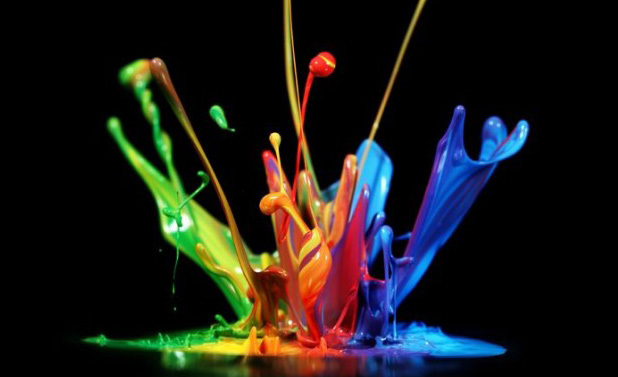Project Implicit is a collaboration between researchers who are interested in the thoughts and feelings of people outside of their conscious awareness and control. Their goal is to educate us about hidden and unconscious biases.
In 2014, they analyzed the result of 1.5 million voluntary participants of the Implicit Association Test (IAT) which measures subtle or unconscious racial preferences. Their findings showed levels of uncontrolled bias were higher in the Southeast and East but much lower in the New England states.
Dominic Packer, a psychologist at Lehigh University took the Project Implicit conclusions and tried to find other correlations between state differences in IAT scores among other sociological and demographic considerations.
Packer’s conclusions were eye opening. States with high implicit bias scores had more income inequality and were former slave holding states. They also had more racist tweets that corresponded to states that voted for Mitt Romney in the 2012 presidential election.
His most startling conclusion actually reinforces the long held notion that the closer you are in proximity to someone who is different from you, the more likely you will fail to recognize and embrace their differences.
Packer found that the ratio of white to black residents in a given state explained over 50% of the variability in the implicit bias scores of white participants. Essentially, states where whites outnumber blacks had lower implicit bias scores among white contributors. States where Blacks made up proportionally more of the population had higher implicit bias scores among white respondents.
What could be at play here? How can we build diverse organizations if the very differences diversity brings is the same source for implicit bias? How does that build inclusion?
Guru Andres Tapia who gave us the term “inclusion paradox” has the answer; this notion that we have created diverse organizations, schools and communities but fumbled away the promise of diversity-inclusion. We have forgotten that diversity is just the mix. Inclusion is making sure the mix work well.
Tapia would say that the high implicit bias scores from whites who interact in some way with blacks is due to their tendency to minimize differences. You hear this theme in statements like. Can we coexist? Can we tolerate each other? I think I can put up with this person. We want to do just enough to get by. By just papering over differences that truly exist, we push unresolved emotions and beliefs into our subconscious making them even more difficult to manage.
It is time we call out these differences in a constructive manner. It begins by knocking on the door of differences and holding out hope that the person on the other side lets us in.





Leave a Reply
You must be logged in to post a comment.